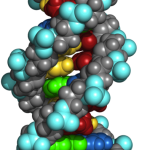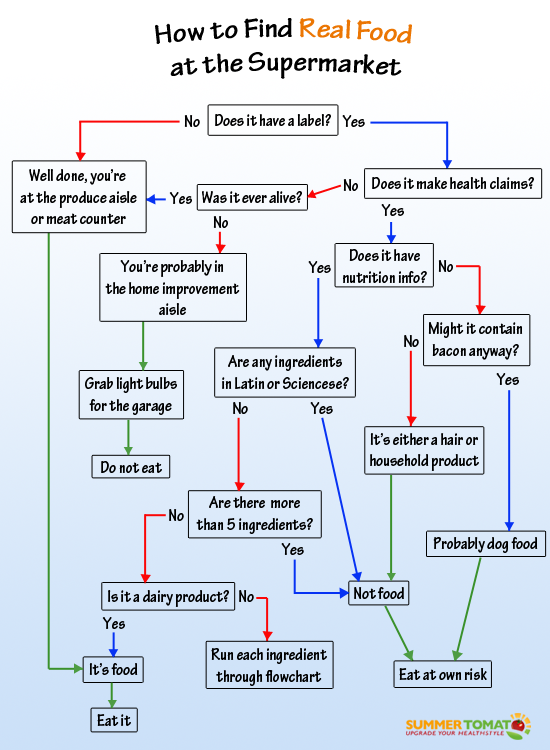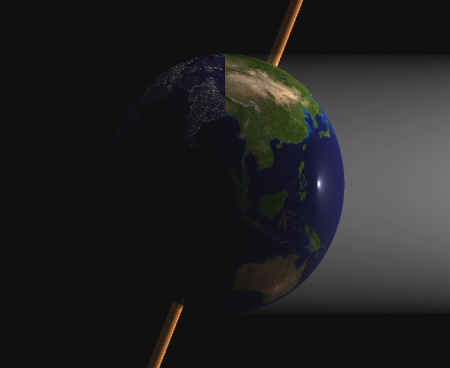Age-appropriate is quite the interesting phrase, particularly when it comes to adolescents. They are making the big transition to adulthood, but their maturity can vary widely even within the same age group.

Michael Chabon has a fascinating post on his, partially successful, attempts to read Huckleberry Finn to his pre-adolescents without the racial slurs. There is even going to be a edition of the book put out that replaces all the n-words with “slave”. I can see their point, but I’m not sure I’d go for it, even in the middle school.
The internet poses its own set of conundrums. One of my students mentioned a certain website on their blog that they, “do NOT recommend it for kids under 12 due to foul language”. The recommended site is quite fascinating and entertaining (I got sucked into it for quite a while), if a bit harsh to the denizens of the website, etsy, but the writing can be quite adult. I’m not quite sure how to address this. I really appreciate how forthright the student was with the (convenient?) age recommendation, but I’d probably make the cutoff a bit older myself.
Differentiating what’s age-appropriate and what’s not is so terribly subjective. I guess the key difference between the website and Huck Finn is in its purpose and relevance within the text. Twain’s harsh language to makes a specific point about race relations that’s relevant to middle-schoolers. The website takes uses a more adult language to relate to an older audience.





